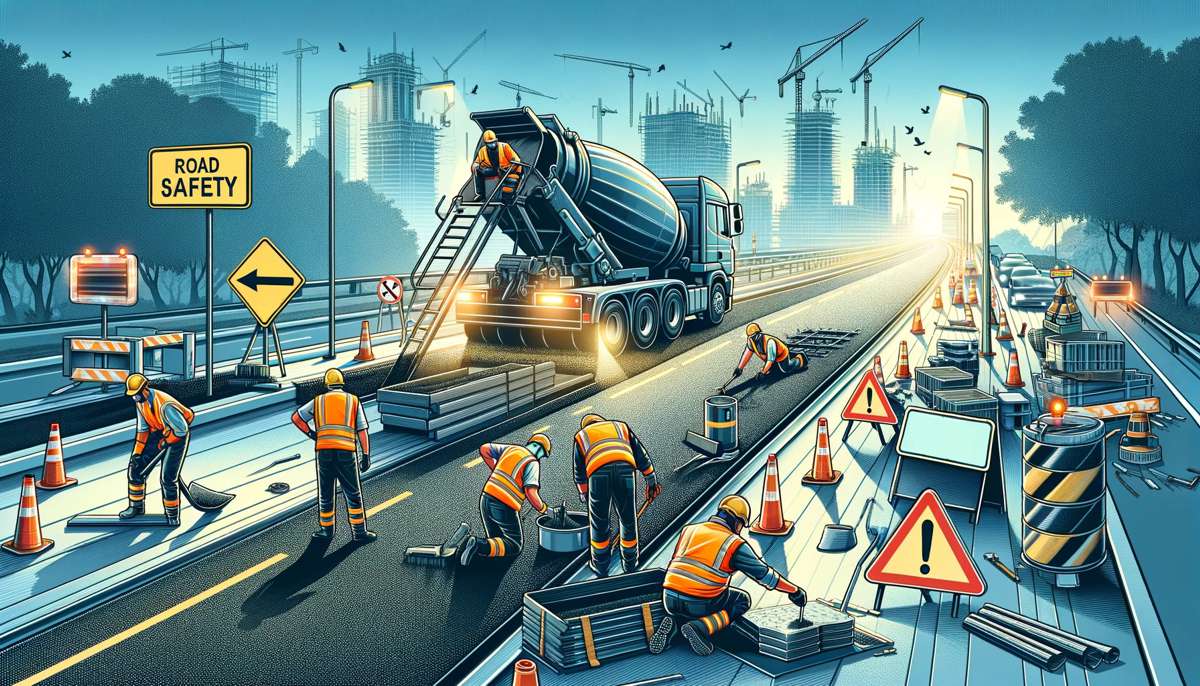How to save lives through a targeted approach to road safety
Last month’s reported road casualties in Great Britain: 2016 annual report revealed a 4% increase in the number of reported road safety deaths. While this is not a large increase, it represents yet another year of no improvement in safety on our roads. The trend for the number of fatalities on the UK’s roads has remained largely flat since 2010 with an average of five people killed in road accidents every day.
As part of the European Transport Safety Council’s PIN programme the UK has a target of reducing road deaths by 50% from 2010 to 2020. Highways England are aiming to bring the number of people killed or injured on their network as close as possible to zero by 2040, with a 40% reduction in the number of people killed or seriously injured on our roads by 2020. Local councils are equally committed to reducing the number of deaths on our roads, but now lack the set targets they had been given by central government since the abolition of casualty reduction targets in 2010.
The biggest road safety gains come from targeting the most dangerous stretches of road
The Department for Transport’s (DfT) Safer Roads Fund of £175 million, available to local authorities responsible for England’s top 50 high-risk roads, was announced last year and earlier this month the RAC Foundation provided implementation guidelines for authorities tackling high-risk regional roads.
These initiatives have a targeted approach to road safety which will yield the biggest improvements in accident rates and fatalities. Identifying where on the network the most frequent and serious accidents occur will allow these routes to be prioritised. Establishing whether there are any trends to these accidents, such as a higher incidence at night or several speeding related accidents, will then allow the most appropriate and effective solution to be implemented.
Targeted solutions can range from the relatively straightforward such as resurfacing and new lining to more technical solutions such as those designed by Clearview Intelligence.
Award-winning technology to target dangerous roads
Should the identified issues relate to night time road safety, active road studs can help by providing a view of the road ahead through solar powered LEDs embedded in the surface of the road. This increases the drivers view of the road from the 90m achieved with traditional cat’s eyes to 900m, thus providing far more time for the driver to react to changes in the road ahead.
This technology was used to transform the A4128 in Buckinghamshire from one of the highest to one of the lowest risk routes according to the Road Safety Foundation. The same SolarLite road studs are transforming the driving experience on the A1 by improving general visibility and highlighting oncoming junctions to drivers. This installation was recognised at last night’s Highways Awards, being shortlisted in the Road Marking Project of the Year category. Last year, an accident reduction scheme on the A720 Sheriffhall Roundabout won this, plus five other industry awards.
Where speed is the issue, solutions are needed to monitor speed and encourage compliance. To combat the issue of drivers, and especially HGV drivers, exceeding the speed limit on the A75 Stranraer to Gretna Green road, Clearview combined speed detection, vehicle classification and vehicle activated signage to present a slow down sign specific to the speed limit of the vehicle. Again, the solution was recognised at last night’s Highways Awards as winner of the Road Safety Scheme of the year.
Road safety solutions can be targeted right down to the level of a single junction and Clearview have designed a variety of such solutions, each is tailored to the road layout and user behaviour that is causing issues, but all detect what is happening at the junction and present this information back to the driver on the approach. This real-time information ensures regular drivers of the route do not become blind to the warnings and approach the junction safely.















